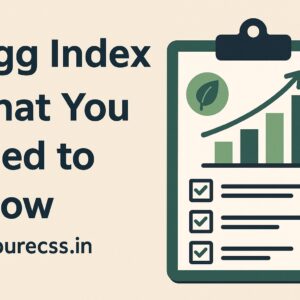🌿 Understanding the Higg Index: A Smarter Way to Measure Sustainability in Fashion
Sustainability is no longer just a buzzword—it’s a necessity. But how do companies measure how sustainable they really are?
Enter the Higg Index, a powerful suite of tools developed by the Sustainable Apparel Coalition to standardize how the environmental, social, and ethical impacts of a product or company are measured—especially in the fashion and textile industry.
🧵 What is the Higg Index?
The Higg Index provides brands, retailers, and manufacturers with a comprehensive scoring system. It assesses five key modules:
- Higg Facility Environmental Module (FEM) – measures water use, waste, chemical management, and energy.
- Higg Facility Social & Labor Module (FSLM) – assesses fair wages, worker well-being, and labor practices.
- Higg Brand & Retail Module (BRM) – analyzes corporate-level sustainability practices.
- Higg Product Module (PM) – tracks environmental impact from raw materials to end-of-life.
- Higg Materials Sustainability Index (MSI) – compares the impacts of different materials like cotton vs. polyester.
These tools help companies identify weak spots, improve transparency, and make more eco-friendly decisions.
🌍 Why Does the Higg Index Matter?
- Empowers consumers to choose better brands.
- Helps industries reduce carbon footprints.
- Fuels innovation by identifying greener materials and processes.
- Supports SDGs (Sustainable Development Goals), particularly SDG 12 – Responsible Consumption and Production.
👗 Real-World Impact
Major brands like H&M, Nike, and Patagonia use the Higg Index to track and reduce their environmental impact. It fosters accountability in an industry often criticized for being one of the most polluting.
🔄 The Future of Fashion is Transparent
With tools like the Higg Index, the future of sustainable fashion looks brighter. Whether you’re a consumer, designer, or sustainability enthusiast, knowing how sustainability is measured gives power to demand better practices.
💡 Fun Fact
A single t-shirt’s life cycle can use over 2,700 liters of water—that’s enough for one person to drink for 900 days. The Higg Index helps brands find ways to reduce this!
